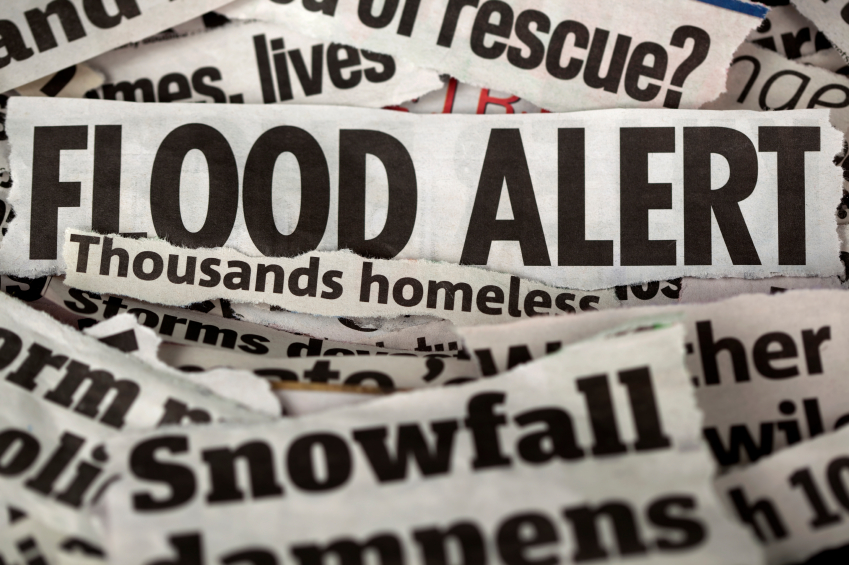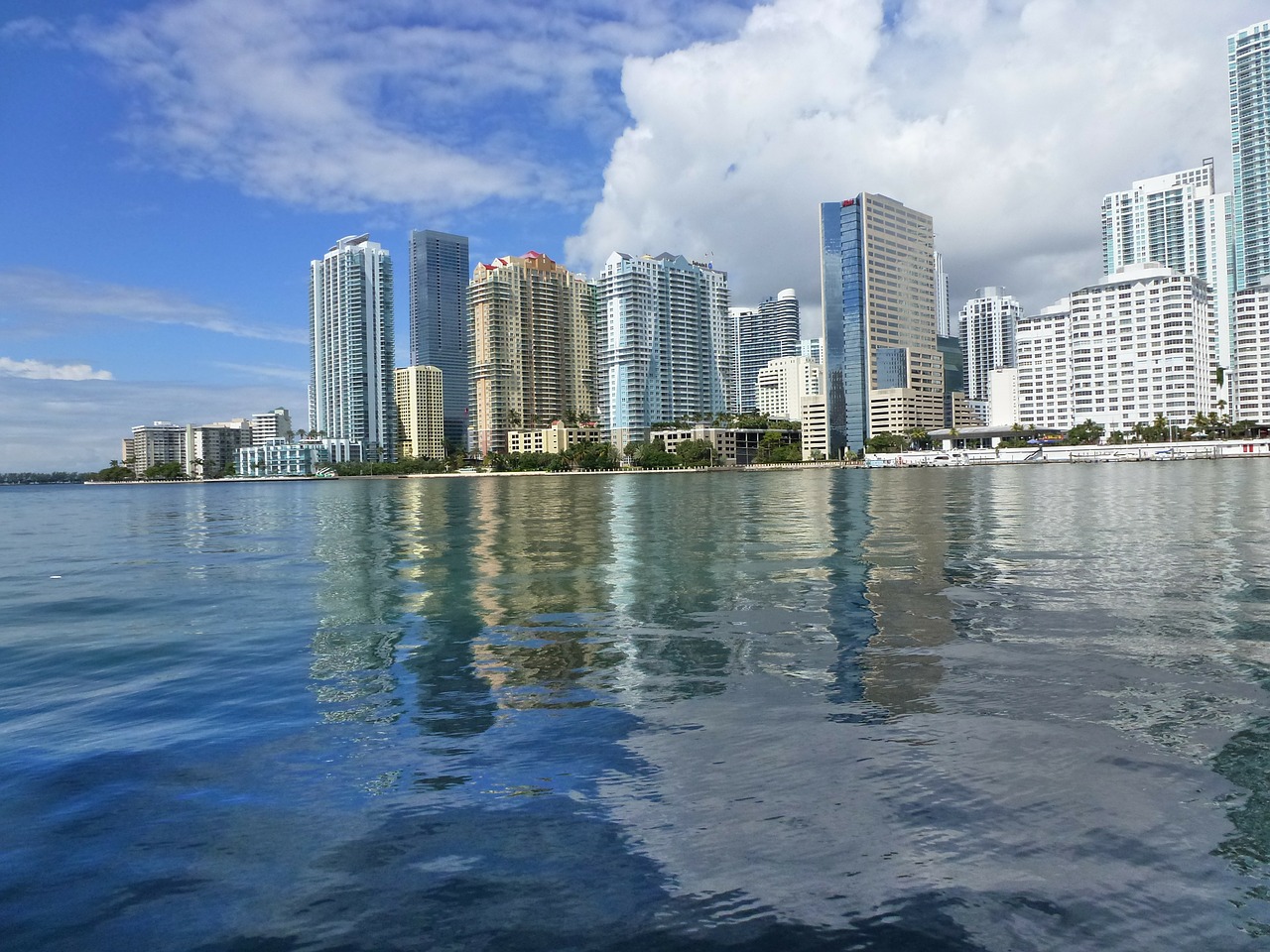The third U.S. National Climate Assessment report was recently released along with an announcement by the Obama Administration of a series of executive actions to take place “to reduce carbon pollution, prepare the country for the impacts of climate change, and lead international efforts to address global climate change.” Regardless of one’s view in the climate change debate, certain weather events and patterns have indeed made for some interesting alliances on the issue, including that of the insurance industry, whose bottom line has been directly impacted by major storms, droughts and floods.
In fact, Farmers Insurance Company is now suing Chicago-area municipal governments saying they knew of the risks posed by climate change and should have been better prepared after an epic deluge left much of the city under water in April of 2013. “After several days of rain, an overnight deluge overwhelmed Chicago’s underground labyrinth of aging sewers and giant tunnels Thursday, forcing a noxious mix of sewage and storm water into local waterways and Lake Michigan. The surge of murky, debris-strewn water so overloaded the system that sewage began to back up in basements and geysers of wastewater shot out of several sewer manholes,” the Chicago Tribune reported. Major roads disappeared under water. Some residents had to evacuate their homes. A massive sinkhole swallowed three cars after the intense rain caused a water main to break.
“This is a new kind of storm associated with climate change,” Tom LaPorte, spokesman for the Chicago Department of Water Management, told Medill Reports on day two of the April flood. Extreme flooding is part of a pattern that has emerged in the last two decades, according to Illinois State climatologist Jim Angel.
One year after the flooding, Farmers on behalf of itself, other insurance companies and customers whose property was damaged by the surge of storm water and sewage overflow, filed class-action lawsuits alleging the governments of Chicago-area municipalities knew their drainage systems were inadequate and failed to take reasonable action to prevent flooding of insured properties.
“During the past 40 years, climate change in Cook County has caused rains to be of greater volume, greater intensity and greater duration than pre-1970 rainfall history evidenced,” a fact that local governments were well aware of, a suit filed in Cook County, Illinois alleges, citing a climate change action plan adopted in 2008 that acknowledges the link between climate change and increased rainfall.
The suits also say the localities knew their drainage systems weren’t up to snuff because the regional water management authority had published plans in 2011 detailing various defects.
Knowing the risks, the insurers argue that the local governments should have increased their storm water storage capacity. Moreover, the suits allege they were negligent in failing to take temporary measures in the days before the storm, such as deploying water-inflatable property protection systems to mitigate damage.
These lawsuits are the first of their kind and we may be seeing more to come. “I think what the insurers are saying is: ‘We’re in the business of covering unforeseen risks. Things that are basically accidents,’” Ceres insurance industry analyst Andrew Logan told NPR. “‘But we’re now at a point with the science where climate change is now a foreseeable risk.’”
Just take a look at some of the stats for 2012 released by the National Climate Assessment and you gain insight into why insurers are taking a hard look at climate change and the ramification of severe weather events on their bottom line:
- Estimated drought/heat wave costs across the U.S.: $30 billion
- Estimated damages from Super Storm Sandy: $65 billion
- Estimated combined severe weather costs for incidents across the U.S: $11.1 billion
- Estimated cost for western wildfires: $1 billion
- Estimated cost of Hurricane Isaac: $2.3 billion
Moreover, in Swiss Re’s publication, “Natural Catastrophes and Man-Made Disasters in 2013” it’s estimated that natural disasters cost the global insurance industry about $45 billion and 26,000 lives were lost. According to Swiss Re, “these high numbers can be contributed to the fact that cities are becoming larger, attracting more people and sparking infrastructure growth, and climate change. When a natural disaster strikes, the dense population and asset concentration leads to losses. These losses can severely impact not only a country’s economy, but its population as well.”
In another Swiss Re publication, “Mind the Risk: A Global Ranking of Cities Under Threat from Natural Disasters,” the reinsurer analyzes the human and economic exposure of 616 cities around the world. Together, these are home to 1.7 billion people and produce a combined GDP of $35 trillion, half of the world’s total economic output, according to Swiss Re. The study shows that floods endanger more city residents than any other natural peril, followed by earthquakes and storms. It goes on to say that protecting lives should be the highest priority for city authorities seeking to improve their disaster preparedness.
The Farmers lawsuit against the Chicago municipalities is of great interest, in addition to seeing whether other similar suits by insurers will come about as a result of city unpreparedness and infrastructure failure during natural disasters. We will continue to keep you posted on this issue.
IPOA provides Commercial Property insurance for condos, educational facilities, health clubs, hospitals, hotels, municipalities, offices, restaurants, retailers, and warehouses throughout the country. Our Program Divisions provides coverage in Tier 1 and 2 Counties and our National Brokerage Division offers property insurance for coastal risks. For information about our property programs, please give us a call at: 877-653-IPOA.
Sources: Washington Post, National Climate Assessment, Swiss Re







